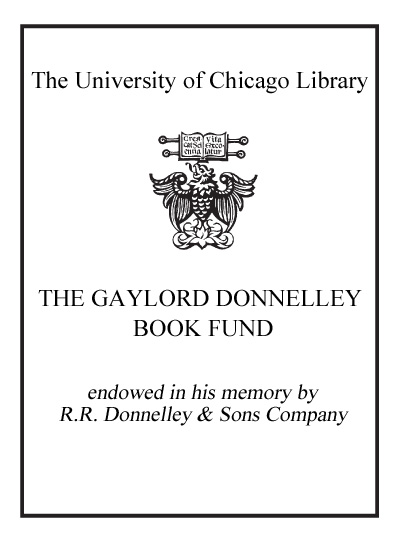Review by Choice Review
Anthropologist/international health expert Green (recently, director, Harvard's AIDS Prevention Research Project) and research fellow Ruark clearly explain why applying anthropological methods is so crucial to AIDS prevention in sub-Saharan Africa, where expensive Western interventions involving testing, drug treatment, and condom promotion have not worked. The authors carefully correct misinformation; distinguish between the generalized hyperepidemics in southern Africa and concentrated epidemics in at-risk populations (e.g., sex workers) in Southeast Asian countries like Cambodia and Thailand; and describe successful community programs that have involved local traditional healers--tribal and spiritual leaders who encourage faithfulness in marriage and discourage risky behavior. Delaying initial sexual experience, reducing incidence of multiple/concurrent sexual partners, and male circumcision have been associated with HIV decline. The book presents and analyzes detailed comparative country data for Uganda, Zimbabwe, Botswana, Lesotho, Malawi, Kenya, Ethiopia, Rwanda, Cote d'Ivoire, Namibia, Swaziland, South Africa, Tanzania, and other countries. The data concern premarital sex, multiple/lifetime number of partners, condom use, HIV infections among couples, HIV prevalence by marital status, "ABC" behaviors, and intimate partner violence. Abbreviations and acronyms are spelled out; the book provides figures, chapter notes, extensive references, and a substantial index. It offers an important, unique perspective for a wide range of readers. Summing Up: Essential. Lower-level undergraduates and above; general readers. E. R. Paterson emeritus, SUNY College at Cortland
Copyright American Library Association, used with permission.
Review by Choice Review


